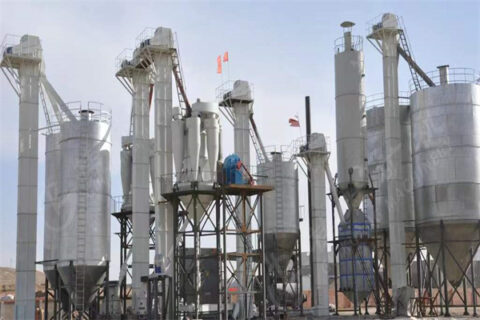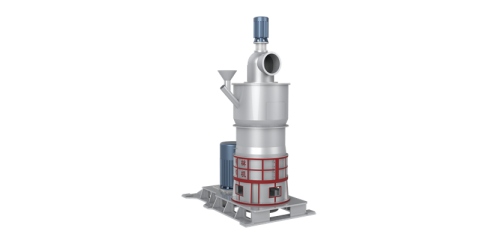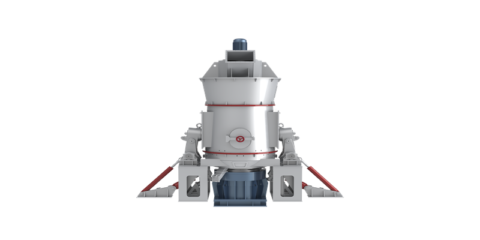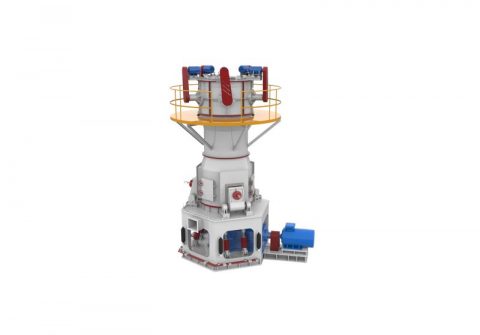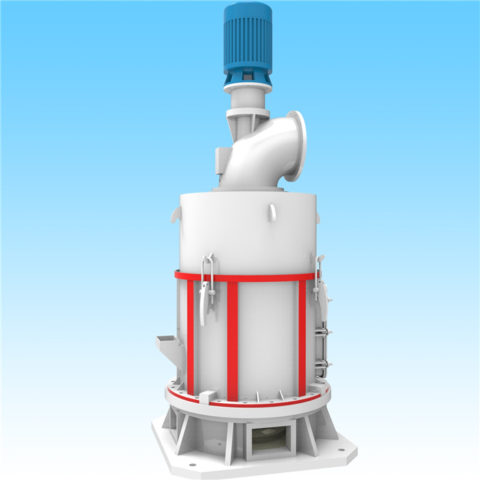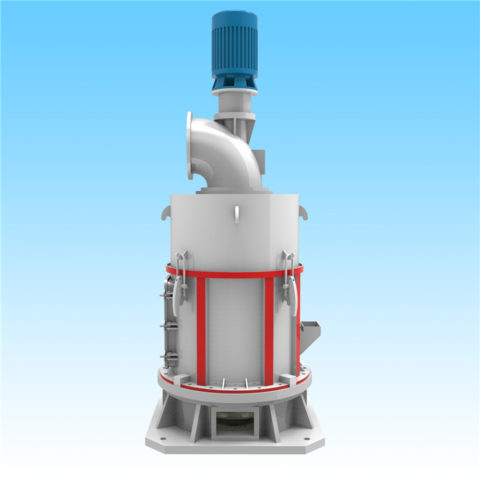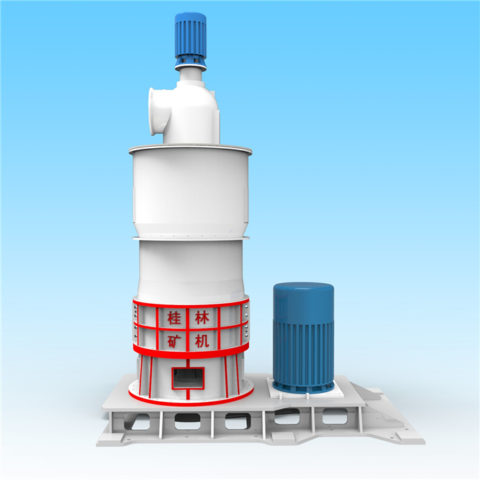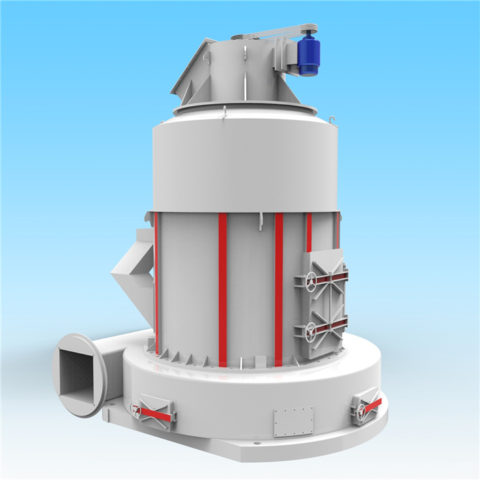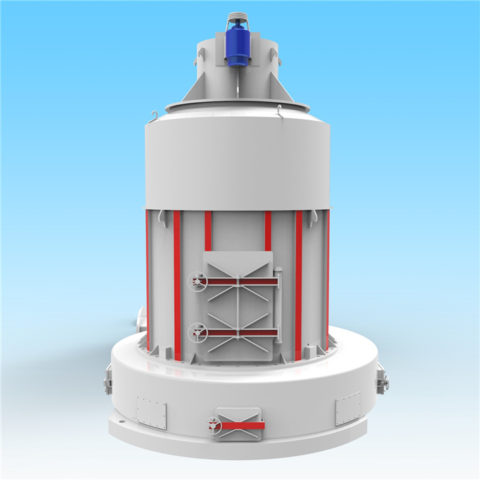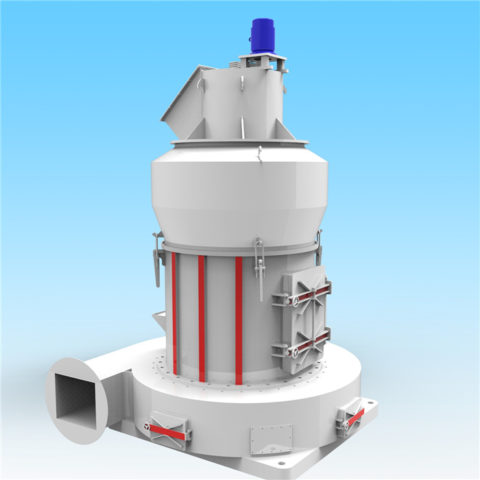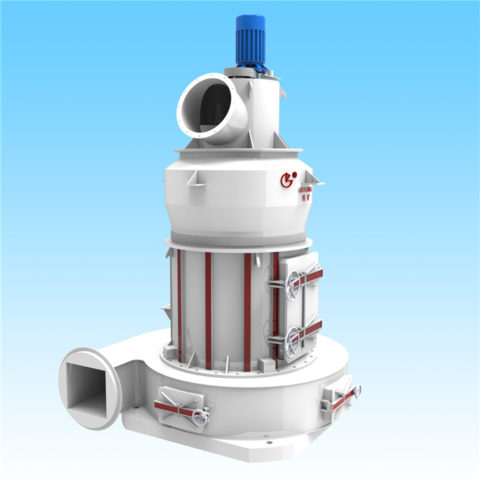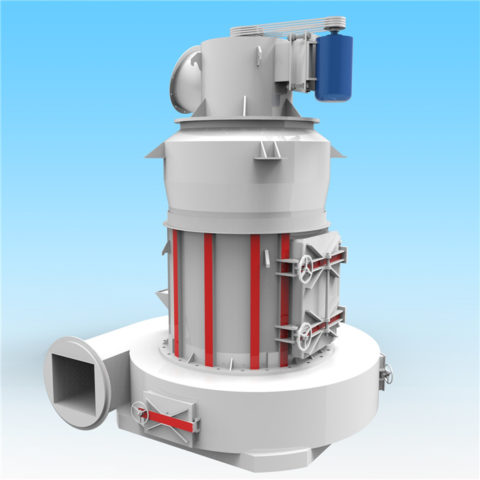Glass powder mill is a machine that grinds glass into a fine powder. This powder can be used for various applications, such as in the production of ceramics, cement, and other material
The glass powder mill typically consists of a rotating drum or cylinder that contains glass fragments or shards, which are then ground down by the impact of steel balls or other grinding media.
Glass powder mills can be found in a variety of settings, including manufacturing plants, research laboratories, and recycling centers. They are used to process a wide range of glass types, including borosilicate, soda-lime, and other specialty glasses. The resulting powder can be used in a variety of applications, such as additive manufacturing, coatings, and composites.
In addition to the applications mentioned earlier, glass powder can also be used in the production of glass ceramics, which are materials with both glass and crystalline properties. Glass ceramics can be produced by heating glass powder to a temperature below its melting point, causing it to crystallize into a composite material.
Glass powder can also be used as a filler material in composites, where it can provide unique properties such as transparency, high surface area, and low thermal expansion. Glass powder can also be added to cement to enhance its mechanical and chemical properties, and to reduce its environmental impact.
Another application of glass powder is in the production of insulating materials. Glass powder can be used as a raw material in the production of glass wool, which is used for insulation in buildings, vehicles, and appliances. The powder can also be used to produce foam glass, a highly insulating material used in the construction industry.
Finally, glass powder can also be used in additive manufacturing, where it can be used as a feedstock material for 3D printing. The powder is typically mixed with a binder material and then printed in layers to produce a three-dimensional object.
Overall, glass powder mills play an important role in the production of a variety of materials and products. They provide a way to recycle glass waste and produce new materials with unique properties and applications.
The process of milling glass into powder involves several steps, including crushing, grinding, and sieving. The glass fragments or shards are first crushed into smaller pieces and then ground down into a fine powder using a mill. The powder is then sieved to remove any larger particles that may have been produced during the milling process.
The process of producing glass powder typically involves several steps, which can vary depending on the desired size and properties of the powder. Here is a general overview of the process:
1. Collection and Sorting: The first step is to collect and sort the glass waste. The glass may be obtained from various sources such as broken bottles, windows, and other glass products.
2. Crushing: The glass waste is then crushed into small pieces using a crusher. The crushed glass is typically referred to as cullet.
3. Grinding: The cullet is then ground into a fine powder using a mill. The grinding process is typically done using a ball mill, which grinds the material by tumbling it with steel balls.
4. Sieving: The resulting powder may be sieved to remove any large particles and to ensure that the powder is of a uniform size.
5. Drying: The glass powder may be dried to remove any moisture and to improve its flow properties. This can be done using a drying oven or by exposing the powder to hot air.
6. Surface Treatment: Depending on the intended use of the glass powder, it may be subjected to surface treatment to modify its properties. For example, the surface of the glass powder may be coated with a layer of material to improve its adhesion to other materials.
7. Packaging: The glass powder is then packaged and shipped for use in various applications.
Overall, the process of producing glass powder involves several steps that are designed to produce a high-quality, uniform powder that can be used in a variety of applications.

